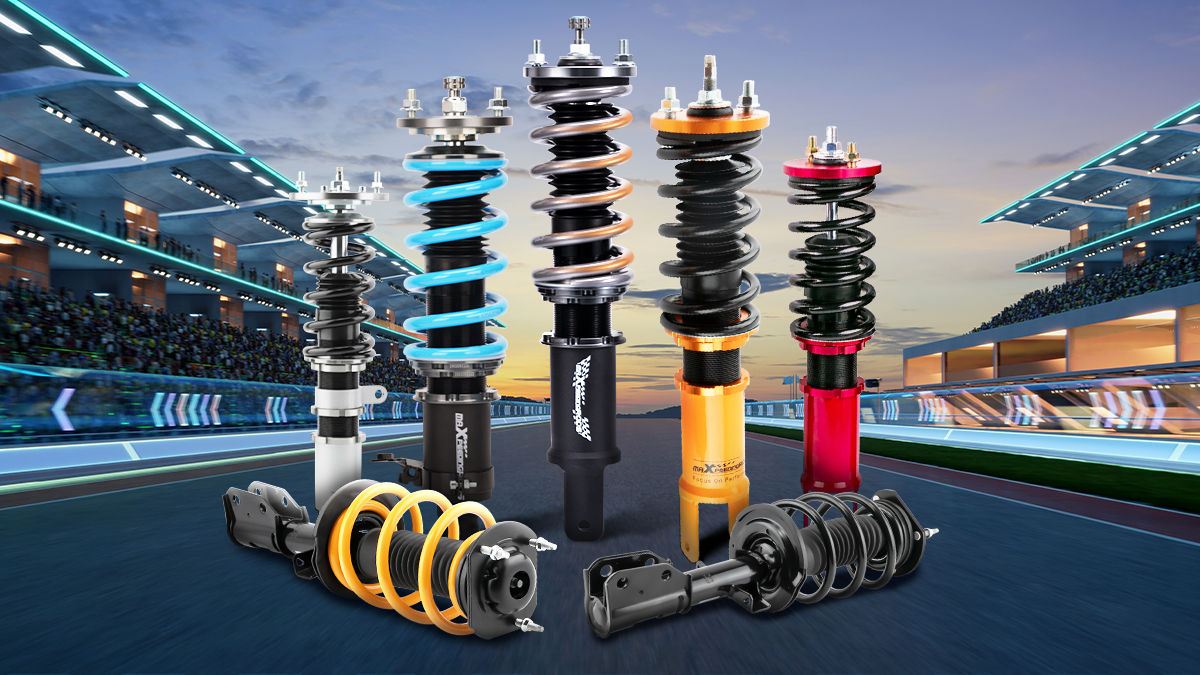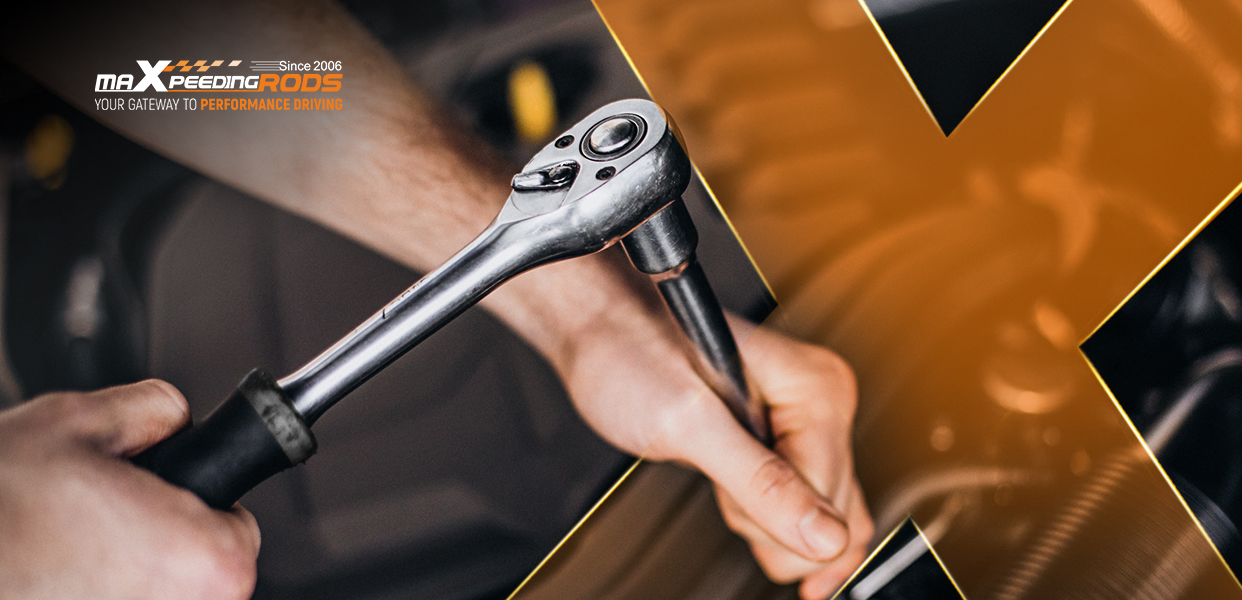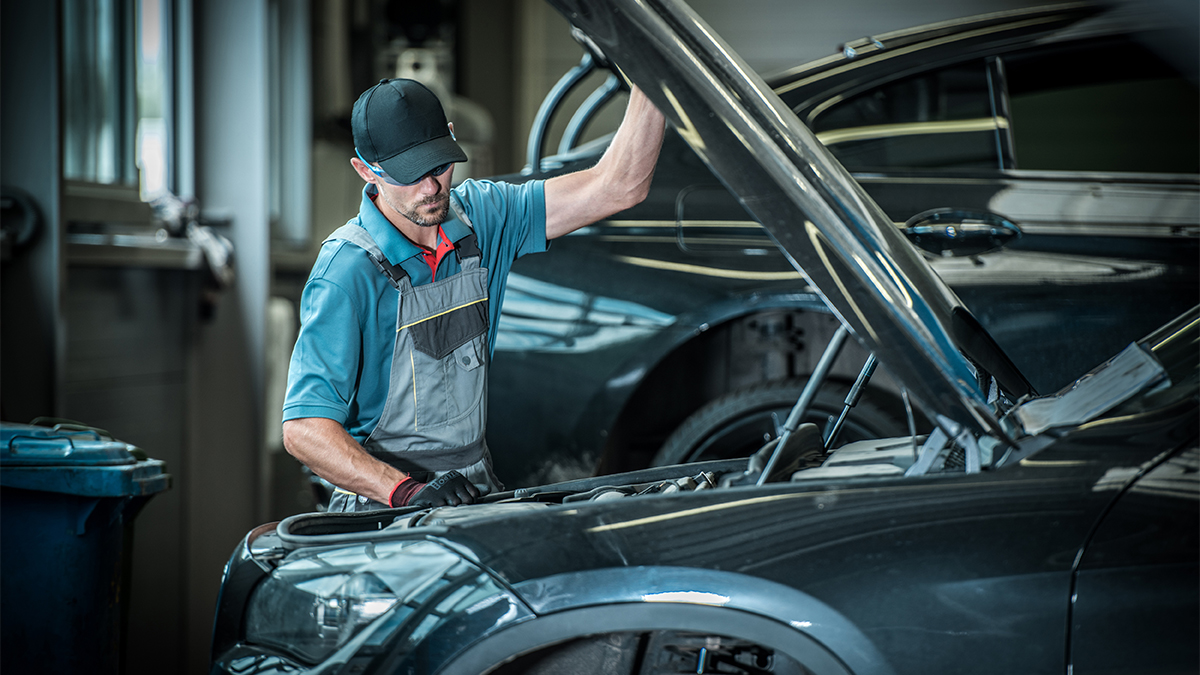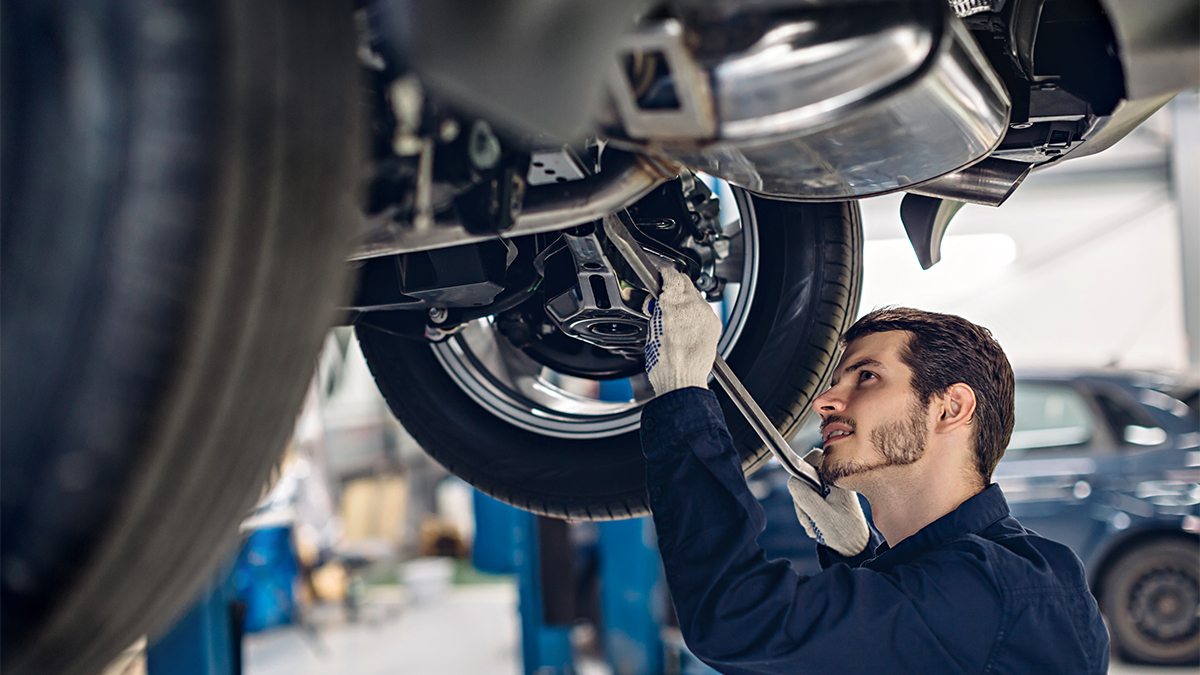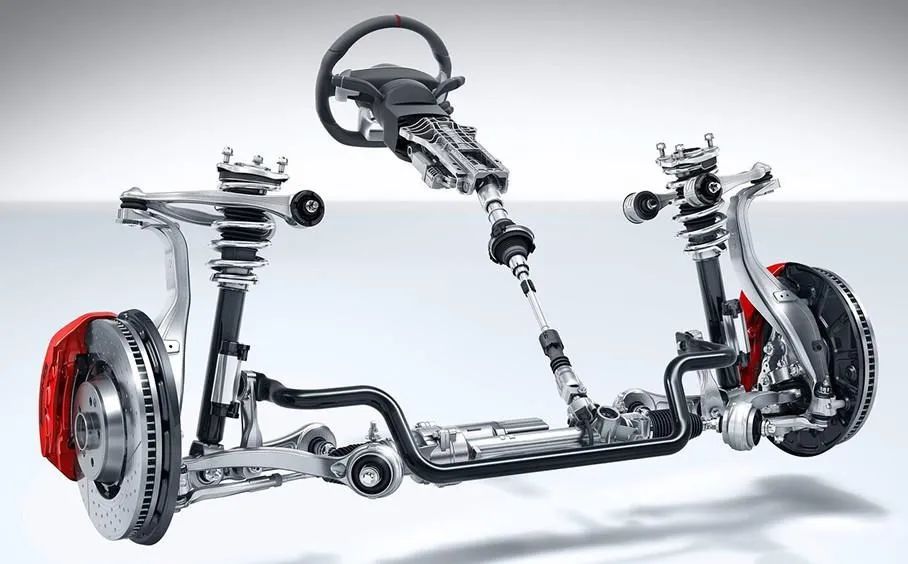Editor’s Note:
We are thrilled to have James, a professional heavy diesel mechanic with over half a decade of experience in automotive vehicles, share his expertise with our readers. James’s background spans working on light vehicles, performance cars, and currently, public transport buses. His passion for performance cars remains unwavering, and we are excited to have him guide you through the world of coilovers. In this article, James provides detailed insights on installing coilovers, understanding their components, and offers valuable tips and tricks to enhance your vehicle’s performance. We hope you find his expert advice both informative and practical.
Everything You Need to Know About Coilovers – Part II
What Are Strut Assemblies and Coilovers?
Strut assemblies are a suspension component that usually has a coil spring that sits over your shock absorber. The coil spring stores energy, which allows your vehicle to return to its original ride height, and the shock absorber reduces the oscillation speed of your coil spring, giving you a smoother spring recoil.
Coilovers are essentially strut assemblies, however they are built to increase your vehicle’s handling and performance, and are usually adjustable in many ways that are not limited to height, alignment, rebound, damping, and some other factors!
Coilover Components Explained
A basic coilover will have 3 major components:
–A top hat
The component that connects your coilover to your vehicle’s strut mounts. The top hat can also have other additional features, which will be discussed later!
–A coil spring
The component that allows your vehicle to bounce back to its original position in terms of ride height.
–A shock absorber body
The component that restrains your coil spring from returning to its original position too quickly. The shock absorber also bolts to the rest of your suspension components.
However, you may find coilovers with many different types of additional parts, which can make purchasing coilovers super confusing and overwhelming! Luckily, I have listed below many different components (and coilover terms) that may pop up in the description of a coilover!
–Spring rate
A form of measurement of the coil spring to show how stiff the spring is and to show how much the spring compresses under weight. For example, a coil spring with a 8kg/mm rating, will compress 1mm under 8kgs of force, while a 12kg/mm spring will compress 1mm under 12kgs!
–Threaded body
A coilover with a threaded body means that the main body of the coilover will have threads, which are generally used to allow lock rings to move up and down to adjust the ride height of your vehicle.
–Lock rings
Lock rings are there in place to allow height adjustment of your coilover! Depending on where the lock rings are positioned, your ride height will increase or decrease.
–Poly Bushings
Polyurethane is a hardened material used in bushings. They are harder than regular rubber bushings, which allows for more vehicle response and performance, at the cost of your vehicle’s NVH and comfort. Polyurethane bushings are stiffer than rubber bushings, but aren’t as stiff as solid bushings. As such, they are perfect for a street sports car.
–Pillow Ball Top Hat
A bushing found in your coilover tophat which utilizes a spherical joint bearing. This allows for the bearing to be more stiff and solid, giving you more response at the cost of comfort.
–NVH
This is a rating measurement for Noise, Vibration, and Harshness. A factory strut assembly with all soft rubber bushings and parts will have a low NVH rating, while a full track spec coilover with solid metal bushings and components will have a higher NVH rating.
–12/24 Click Rebound/Damping Adjustment
This means the coilover has a way to adjust the shock absorbers rebound and compression damping force. This will allow the shock absorber to either increase or decrease oscillation within the shock absorber chamber, depending on your adjustment rate. The higher the adjustment, the stiffer the coilover will become, and the lower the adjustment, the softer.
